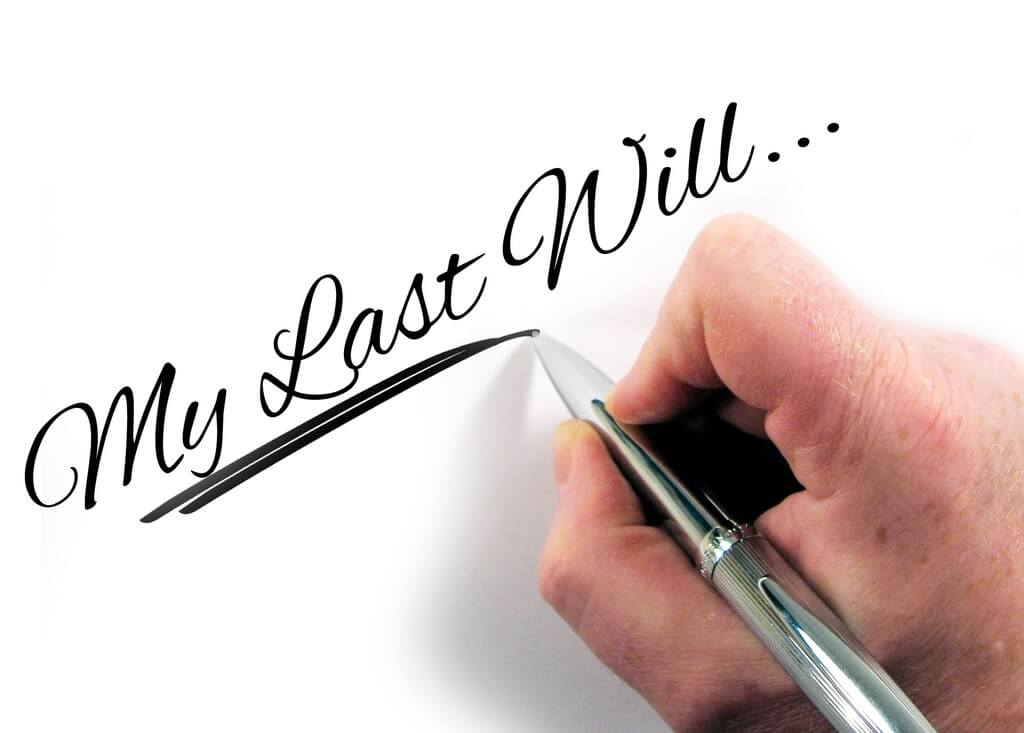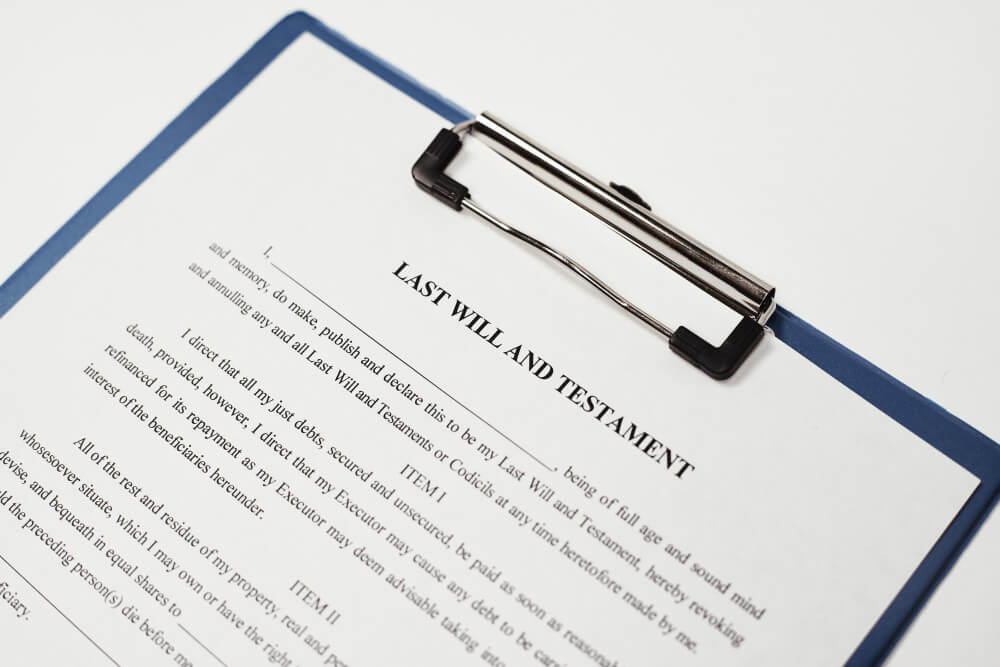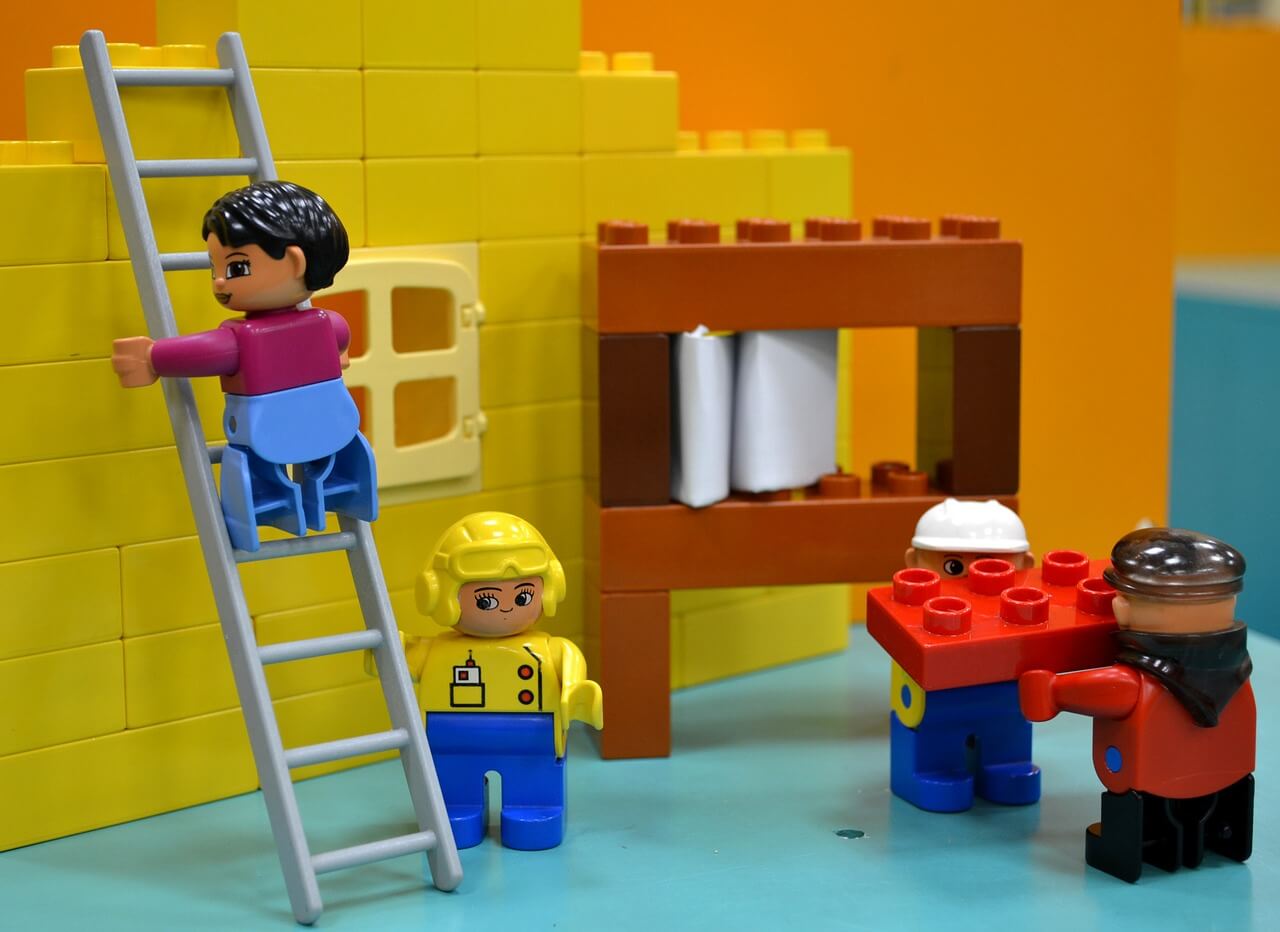Last month I went deep into Bequest Promotion Channels.
This month, Stewardship. The donor who has included your charity in their will can change their mind and undo their gift at any time. Why does that matter?
It matters because you need to steward your bequest donors well, so they don’t change their minds.
You don’t have to break the bank or trip over yourself to be good them, but you do have to keep them in mind, look for opportunities to make them feel close to you and treat them like a member of the family.
The last stat I saw on this was a few years ago. At the time, four percent of people who made a charitable bequest changed their mind later. The odds are clearly in your favor, but you want to make sure your donors don’t slip into that small minority. So practice good stewardship.
Here are a few ideas:
Send Cards. Have a supply of birthday and anniversary cards, and send them. For a twist on the typical, send anniversary cards based on donors’ relationships with your charity: the date they told you about their bequest for you; the date they made their first gift; the date they joined the board; or the date they paid off a pledge. Be creative. You’ll surprise the hell out of them!
Send Handwritten Notes. These are so rare that they’re an extra special surprise. No need to fill an 8.5 x 11 inch sheet of paper. Use note cards or writing stationery. Sincerity and thoughtfulness don’t have to be long-winded.
Reserve VIP Seating. At your next event, carve out a bunch of seats and call them VIP. Set them aside for your bequest donors, or all your planned gift donors. It costs nothing because you already paid for the seats. You’re just making them special.
Host a Reception. At that same event, add a reception. This will add to your event budget, but not terribly. You’ve already got the venue booked and catered, now add a 45-minute VIP reception at the beginning or end.
Go on a Trip. Seniors love cultural or historical places, or quirky places they wouldn’t go on their own. It’s OK to charge a fee for transportation, admission and a meal if you can’t afford to pick up the tab, but maybe you can subsidize the cost if you can’t pay the full price.
I used to take planned gift donors to The Culinary Institute of America in Hyde Park, NY. Our group loved to tour the classroom kitchens, and then we had a delicious lunch at a student-staffed restaurant. We paid for the bus and charged our donors the balance.
Your stewardship need not be expensive. Thoughtful and gracious will go a long way to preventing bequest donors from undoing their gifts to you.
=-=-=-=-=-=-=-=-=-=-=-=-=-=
Tony Martignetti, Esq. is the host of Tony Martignetti Nonprofit Radio.
He’s a Planned Giving consultant, speaker, author, blogger and stand-up comic.
You’ll find him at TonyMartignetti.com.
=-=-=-=-=-=-=-=-=-=-=-=-=-=
Have you seen
The Fundraising Series of ebooks ??
They’re easy to read, to the point, and cheap ($1.99 – $4.99) ☺
=-=-=-=-=-=-=-=-=-=-=-=-=-=
If you’re reading this on-line and you would like to comment/expand on the above, or would just like to offer your thoughts on the subject of this posting, we encourage you to “Leave a Reply” at the bottom of this page, click on the feedback link at the top of the page, or send an email to the author of this posting. If you’ve received this posting as an email, click on the email link (above) to communicate with the author.








